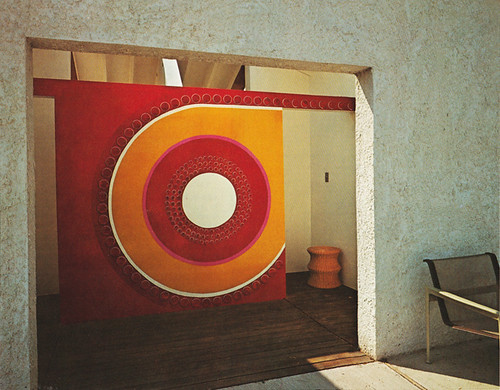
Looking over the 10 Best architecture lists for this year and this decade (in whatever form, numerical, chronological, thematic) I notice one thing: no buildings. The High Line, the TKTS steps, the paint-your-own parks in Times and Herald Squares, green design as a concept, social design as a movement, the WTC as an absence. Curbed published a list of the biggest non-buildings, and it was more fun than reality. Sure, the end of the boom brought an end to many star-struck projects, but the buildings completed in 2009 were started long ago. One Bryant Park opened without fanfare, as its anchor tenant, Bank of America, decided the best PR was no PR. The fulfillment of Frank Gehry’s 10-year billowing skyscraper fantasy, Beekman Tower, ekes its way toward completion, but already we can see it is a compromised vision, frozen music only from the most photogenic angle. Thom Mayne’s 41 Cooper Square is less asteroid than plop art. These private buildings, and even some hard-fought public ones, like the Museum of Arts & Design, turn out not to matter. They don’t change our experience of the city. They don’t even change the streets around themselves (much). The architects and the clients have won or lost their battle, moved in, settled down, but we the public don’t have to care. It is sort of liberating.
It also raises the question: are we over buildings? Recessions tend to send the architectural profession into a round of navel-gazing/soul-searching. In the 1970s this produced the flourishing paper architectures we are still building in Glendale and Rome and Beijing. But I think the post-aughts future of architecture was already emerging before 2008, in landscape. The projects that combine all of the trending ideas above, sustainability, sociability, absence, urbanism are parks, and parks of an increasingly architectural kind. The exigencies of the early twenty-first century meant that open space had to be found, and just plants were rarely enough (if they ever were) to transform the abandoned, the polluted, the crumbling into parks. Our modern monuments are not obelisks (sculptural or corporate) but indeed, as at the WTC Memorial, the lack thereof. Our monuments are becoming our public spaces.
As with most good ideas, this is hardly an original thought. In preparation for a book I am writing on writing about architecture (itself a bit of paper architecture), I am re-reading Charles Moore’s 1965 essay You Have to Pay for the Public Life in which he eloquently makes the inverse point. Given the assignment by Perspecta to find the monuments on the West Coast, Moore finds himself at a loss. He defines monuments as agreed-upon centers; places that the people declare to be important, rather than the architecture. The only ones he can find are artificial and commercial: Disneyland and the Nut Tree. These are places where people come together, but only for the purposes of pleasure. As private property, Disney’s Main Street is not a place to foment revolution.
It seems to me that the new parks and steps and plazas have found a mutual accomodation between the interests of the people and the interests of design. They have both been made as social condensers and are being used as such; they are both architecture and popular; they have changed our mental map of the city, remade adjacencies, opened up vistas, provided pleasure without a security check. One also hopes, if necessary, the revolution can be televised from the Times Square median.
